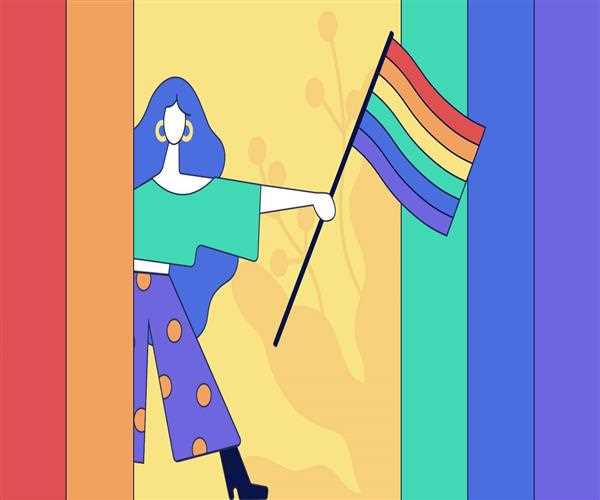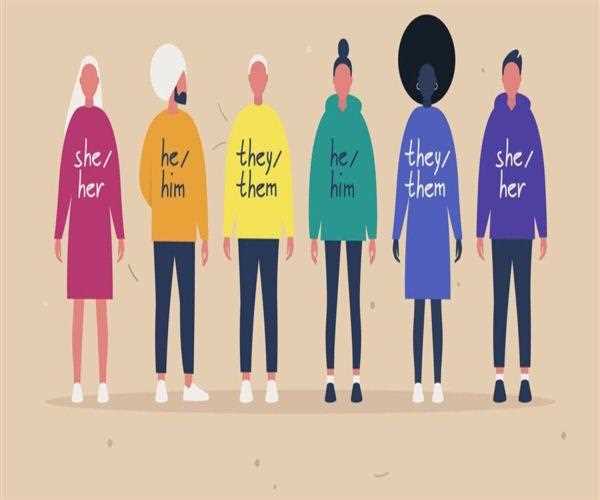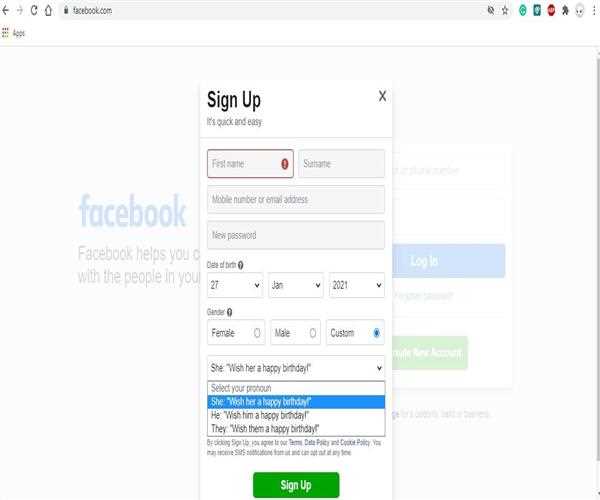Search here

28-Jan-2021
Inclusivity Of Non-Binary Gender Pronouns On Websites… When?
Ever since COVID-19 has struck the world, and it has locked us up in our homes, our dependence on the internet and its services have spiked. From grocery shopping to electricity bill payments, and from e-learning to work from home, we are spending almost all our time in front of devices.

But for doing all the above tasks, we have to sign-up or login on various websites or apps. For most of us, it isn’t much of a hassle. However, for some people, it is yet another dimension where they have been constantly realised how this world treats them differently.
Here, we are talking about Transgender and Non-binary people.
Binary means comprising two, here which means there are two genders; male and female. However, this is not really a case, especially in the year 2021. Transgender, which comprise trans-men and trans-women and non-binary people, does not fall under any of the binary categories. ‘Trans’ and ‘non-binary’ is gender identity, just like male and female. Therefore, they use their own preferred pronouns like she/he/they/it/em/ve, etc.

So when people of different gender identities try to sign-up or register on a website or an app, all they get are two options; either ‘male’ or ‘female’ or maybe a third one sometimes ‘preferred not to say’, which is like consolation given. Even the most popular sites with millions of users like Facebook or google yet not have ‘transgender’ or ‘non-binary’ terms under their gender section.

Based on these big platforms, even the rather smaller platforms and websites, irrespective of their geographical location has made this the rule of thumb, which can easily be said as a faulty rule.
The internet world who deems itself as ‘moving-forward’ and revolutionary is yet another outcome of binary normativity. When we see around, we can easily find instances of differential behaviour for trans and non-binary people in the actual world. Change is on its way, but we still have a long way to go. But for the internet, it is rather a safe place for most of us. Therefore, it should be all-embracing.
To make this world more open and safe for everyone, we must strive to make the internet more inclusive.
Join Our Newsletter
Subscribe to our newsletter to receive emails about new views posts, releases and updates.
Copyright 2010 - 2025 MindStick Software Pvt. Ltd. All Rights Reserved Privacy Policy | Terms & Conditions | Cookie Policy
